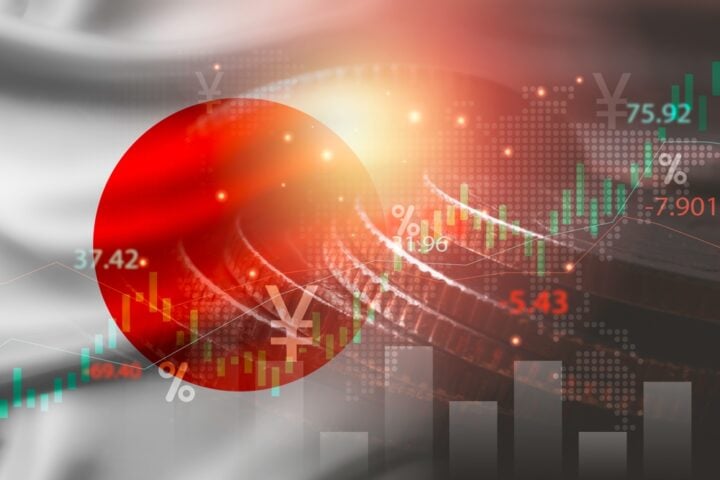The U.S. economy expanded at an annualized 2.8% pace in the third quarter of 2024, supported by robust consumer spending and rising exports, according to revised data from the Commerce Department. Although slightly slower than the previous quarter’s 3% growth, the report underscores continued resilience in the face of inflationary pressures.
Key Drivers of Growth
Consumer Spending Surges
Consumer spending, which accounts for roughly two-thirds of U.S. economic activity, increased at a 3.5% annualized rate—its fastest pace since late 2023. Spending gains were concentrated in categories like bars, restaurants, and auto dealers, signaling solid demand despite elevated prices.
“The moderation in the pace of price growth is allowing consumers to ratchet up spending,” said Tim Quinlan, economist at Wells Fargo.
Export Growth at Two-Year High
Exports expanded by 7.5%, marking their strongest performance in two years and providing a significant boost to the economy.
Lagging Business Investment
Business investment presented a mixed picture, with declines in housing and nonresidential construction offset by gains in spending on equipment.
Inflation and Household Impact
While inflation has eased significantly from its peak of 9.1% in June 2022, prices remain about 20% higher than early 2021 levels, continuing to strain household budgets.
- The Federal Reserve’s preferred inflation measure, the personal consumption expenditures (PCE) index, rose just 1.5% on an annualized basis in Q3, down from 2.5% in Q2.
- Retail sales increased by 0.4% in October, signaling momentum ahead of the holiday shopping season.
Despite easing inflation, many Americans still feel the pinch. “Everything is high—the meat, the cheese,” said Lorraine Thompson, a shopper in New Jersey, who has adjusted her spending habits by buying less cheese and shopping at Walmart to save money.
Consumer Confidence and Holiday Outlook
Confidence in the economy remains robust, with the Conference Board’s consumer confidence index posting its largest monthly gain since 2021. Fewer Americans now expect a recession within the next 12 months.
Retailers anticipate steady holiday spending, with the National Retail Federation projecting 2.5% to 3.5% growth in November and December sales compared to last year.
The Trump Administration’s Economic Agenda
President-elect Donald Trump, who recently won a second term, will take the reins of an economy marked by:
- 4.1% unemployment
- Inflation trending downward but still above the Federal Reserve’s 2% target
Trump has proposed significant economic shifts, including:
- Sweeping tariffs on imports from China, Mexico, and Canada, a move critics warn could fuel inflation.
“Everything we see suggests the consumer feels like they want to be out spending,” said Michael Linford, COO of Affirm, reflecting optimism in consumer sentiment.
Federal Reserve and Future Outlook
The Federal Reserve has cut interest rates twice recently and is expected to reduce them again in December, aiming to support economic stability. The Commerce Department will release its final GDP estimate for Q3 on December 19, offering further insights into the economy’s trajectory.
With a stable economy, easing inflation, and steady consumer confidence, the U.S. enters the holiday season on relatively solid footing. However, potential trade policies under the incoming Trump administration and lingering inflation concerns could shape the economic landscape in 2025.







